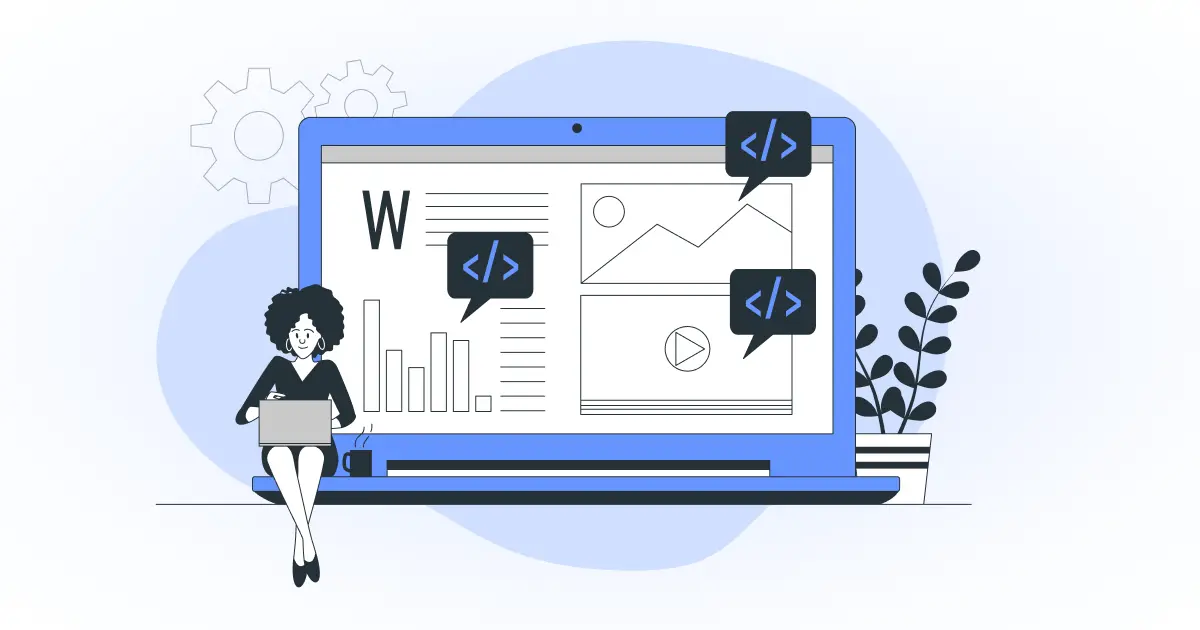A structured guide to becoming a back-end developer, covering essential programming languages, databases, and system architecture fundamentals
Backend developers build the invisible foundation that powers every web application. While frontend developers create what users see, backend developers create the systems that make everything work - from processing user data and managing databases to handling security and ensuring applications can scale to serve millions of users.
This role requires strong analytical thinking, attention to security, and the ability to design systems that are both efficient and maintainable. Backend developers work with complex technologies including databases, server infrastructure, APIs, and cloud platforms to create robust, scalable web applications.
Modern backend development extends beyond traditional web servers to include microservices, cloud computing, containerization, and DevOps practices. Backend developers must understand not just how to write code, but how to deploy, monitor, and maintain applications in production environments.
Backend developers write the core logic that processes user requests, validates data, and implements business rules. This might include calculating prices in an e-commerce system, processing payment transactions, managing user accounts and permissions, or implementing complex algorithms for recommendation systems.
The server-side code must be efficient, secure, and reliable because it directly affects user experience and business operations. Backend developers must consider edge cases, handle errors gracefully, and ensure their code can handle high traffic loads.
Backend developers design and maintain databases that store application data securely and efficiently. This includes choosing appropriate database technologies (SQL vs NoSQL), designing database schemas that support application requirements, and writing optimized queries that perform well under load.
Database work extends beyond basic CRUD operations to include backup and recovery strategies, data migration between different systems, performance tuning, and ensuring data integrity and consistency across complex applications.
Modern applications rely on APIs (Application Programming Interfaces) to communicate between different systems. Backend developers design and build RESTful APIs and GraphQL endpoints that allow frontend applications, mobile apps, and third-party services to access and manipulate data safely.
API development requires understanding HTTP protocols, authentication and authorization systems, rate limiting, documentation, and versioning strategies to ensure APIs remain stable and usable as applications evolve.

Backend developers must understand both relational and non-relational databases to choose the right tool for each application. SQL databases like PostgreSQL and MySQL excel at structured data with complex relationships, while NoSQL databases like MongoDB and Redis provide flexibility for varied data types and high-performance caching.
Modern backend development often involves multiple database technologies within a single application. For example, using PostgreSQL for transactional data, Redis for caching, and Elasticsearch for full-text search capabilities.
Today's backend developers must understand cloud platforms and infrastructure-as-code principles. Applications are deployed to cloud providers like AWS, Google Cloud, or Azure using containerization technologies like Docker and orchestration platforms like Kubernetes.
This shift toward cloud-native development requires backend developers to understand not just application code, but also deployment pipelines, monitoring, logging, and auto-scaling strategies that ensure applications remain available and performant under varying loads.

Modern backend developers need operational skills to deploy and maintain applications in production environments. This includes understanding containerization with Docker, orchestration with Kubernetes, and infrastructure automation using tools like Terraform or CloudFormation.
Monitoring and logging are crucial for maintaining healthy applications. Backend developers use tools like Prometheus for metrics, ELK stack for logging, and APM solutions to track application performance and diagnose issues quickly.
Junior backend developers typically start by working on specific features under senior guidance, learning to write clean code and understand existing systems. They focus on mastering one programming language and framework while building foundational knowledge of databases and web servers.
Mid-level developers take ownership of larger features and begin making architectural decisions. They mentor junior developers and contribute to technical discussions about system design and technology choices.
Senior backend developers lead system architecture decisions, design scalable solutions, and often specialize in areas like distributed systems, performance optimization, or security. Many progress to roles like technical lead, principal engineer, or engineering management.
Backend development offers excellent career prospects with consistently high demand across all industries. Every company that operates online needs backend developers to build and maintain their digital infrastructure, from startups launching their first product to large enterprises managing complex distributed systems.
The rise of cloud computing, microservices, and API-first development has created even more opportunities for skilled backend developers. Companies are increasingly building distributed systems that require expertise in scalability, reliability, and performance optimization.
Remote work is common in backend development, as the work focuses on server-side systems rather than user interfaces. This global job market provides access to opportunities with companies worldwide, often with competitive compensation and benefits.
Backend developers typically enjoy strong compensation packages that reflect the critical nature of their work. Entry-level positions often start above average programmer salaries, with significant growth potential as skills and experience develop.
Senior backend developers and those with specialized skills in areas like distributed systems or security command premium salaries. The technical complexity and business-critical nature of backend systems makes experienced backend developers highly valuable to employers.
Backend development learning benefits from both theoretical understanding and hands-on practice. Start with language-specific documentation and tutorials, then progress to framework guides and system design concepts.
Books like "Designing Data-Intensive Applications" provide deep insights into backend systems, while online platforms like Pluralsight and Udemy offer comprehensive courses on specific technologies and frameworks.
Practice is essential - build real projects, contribute to open-source software, and consider participating in hackathons or coding challenges that focus on backend problems like API design or data processing.